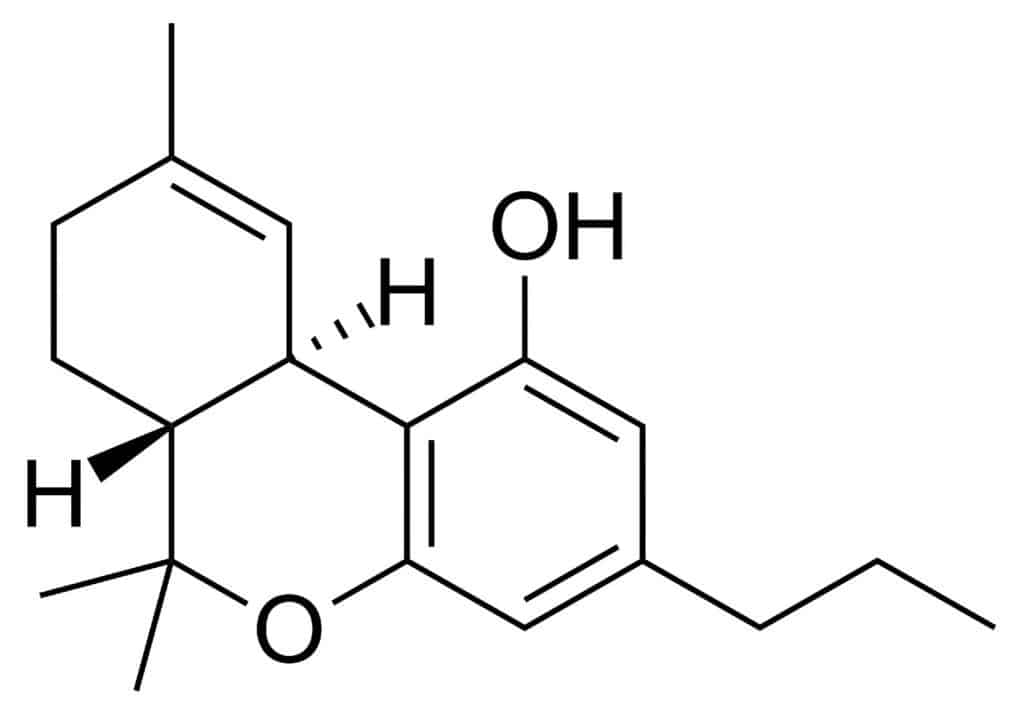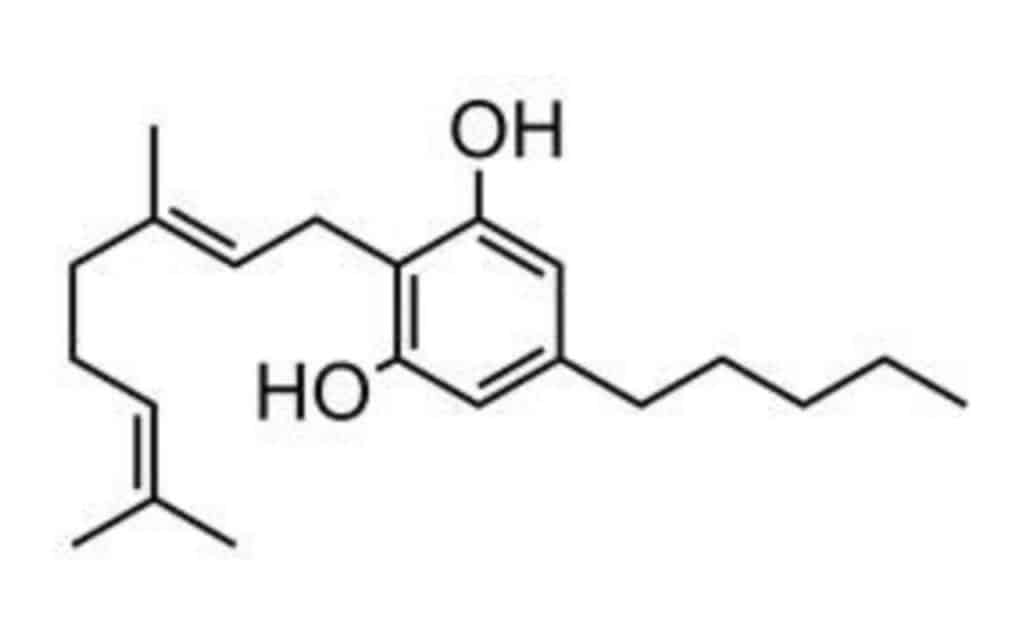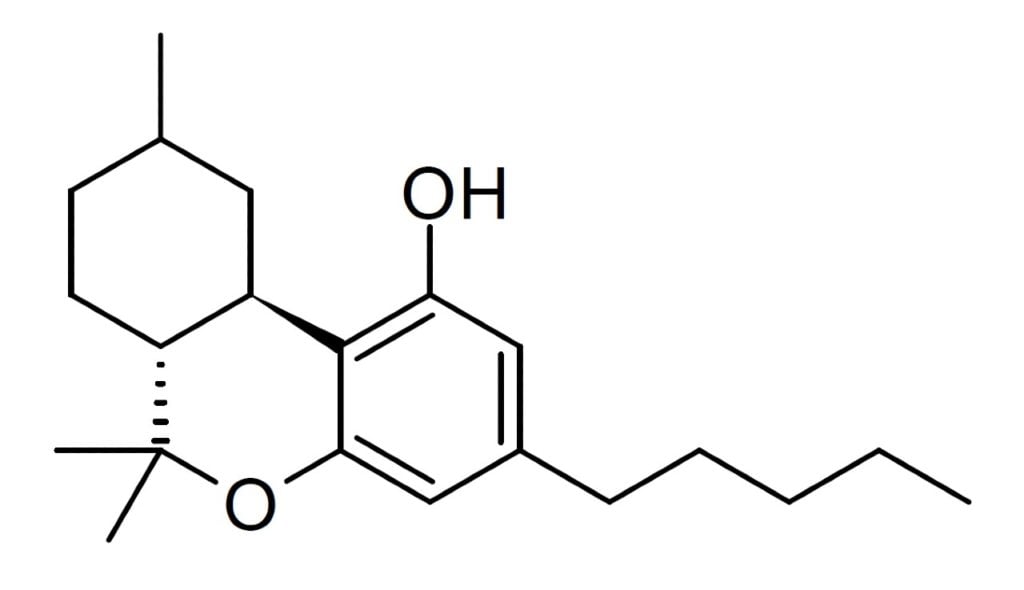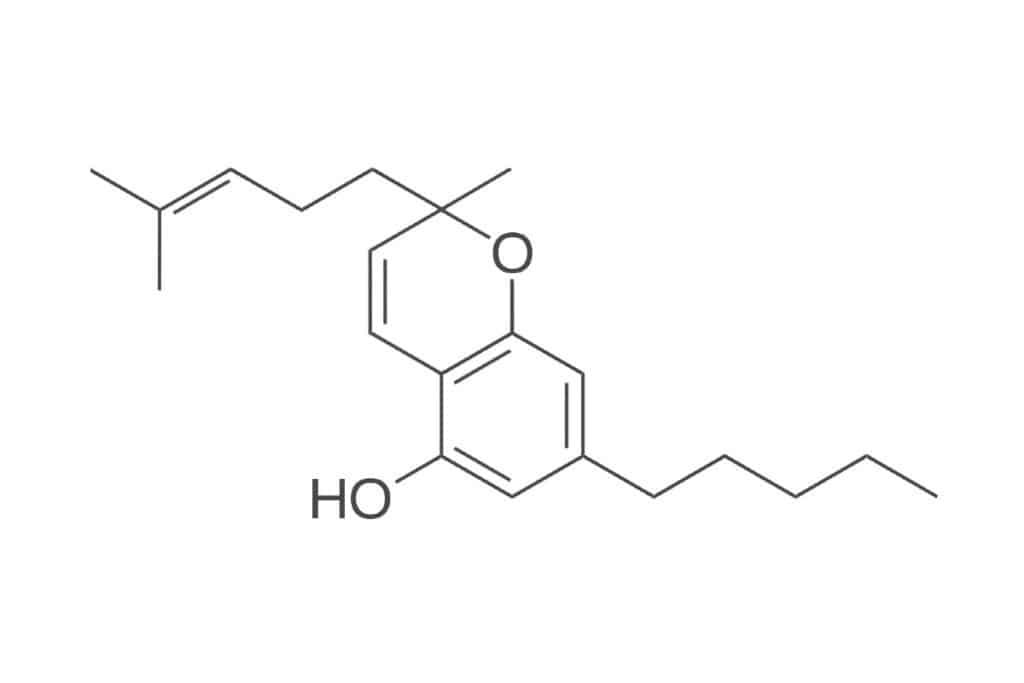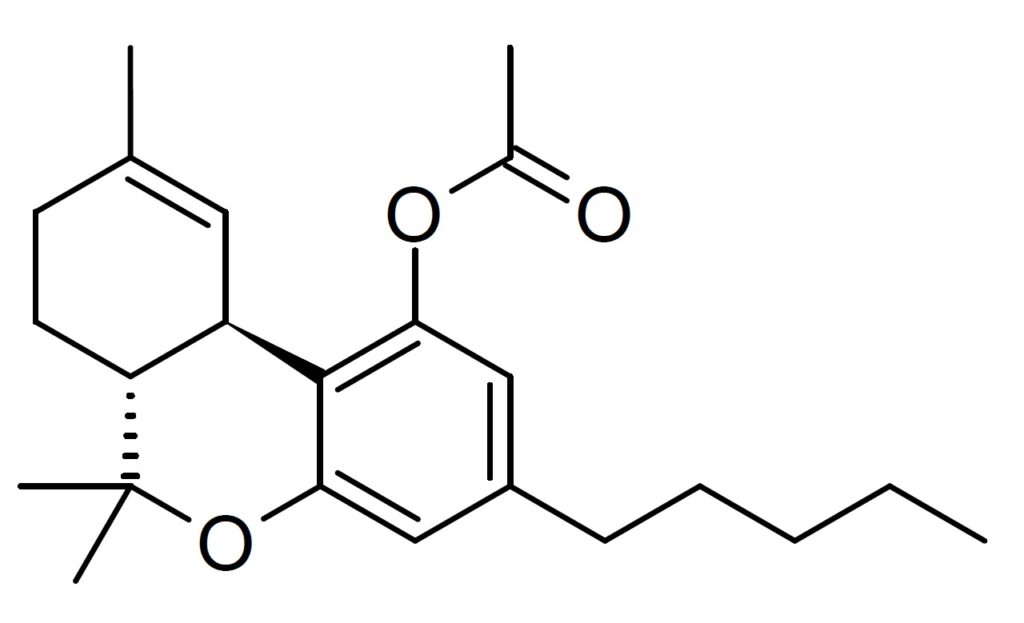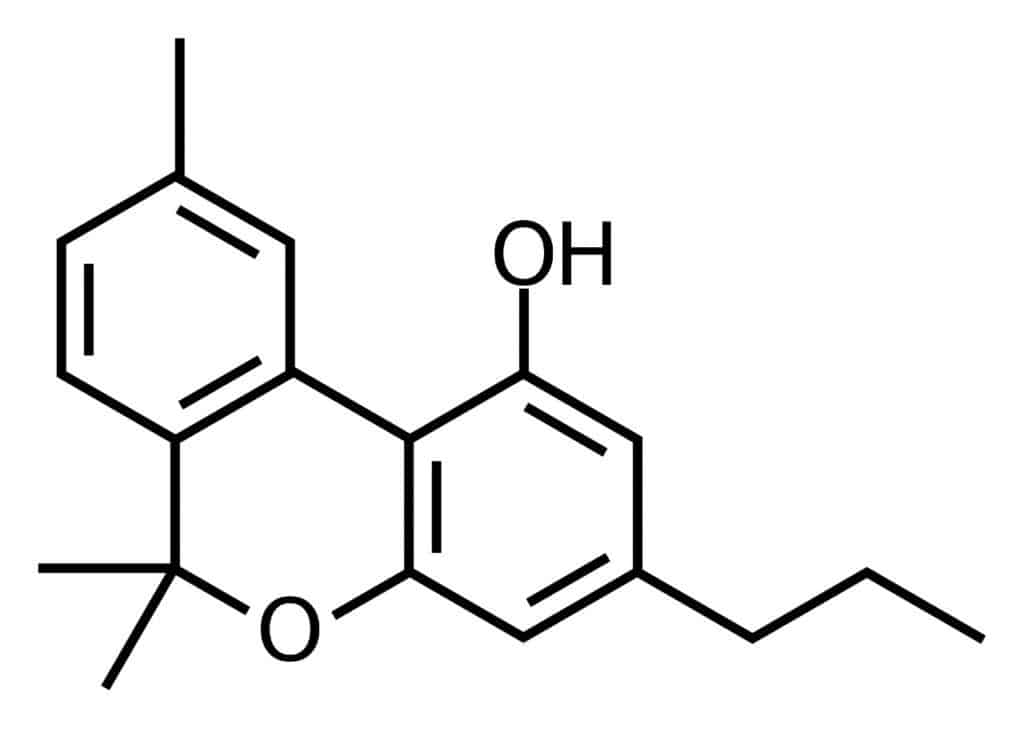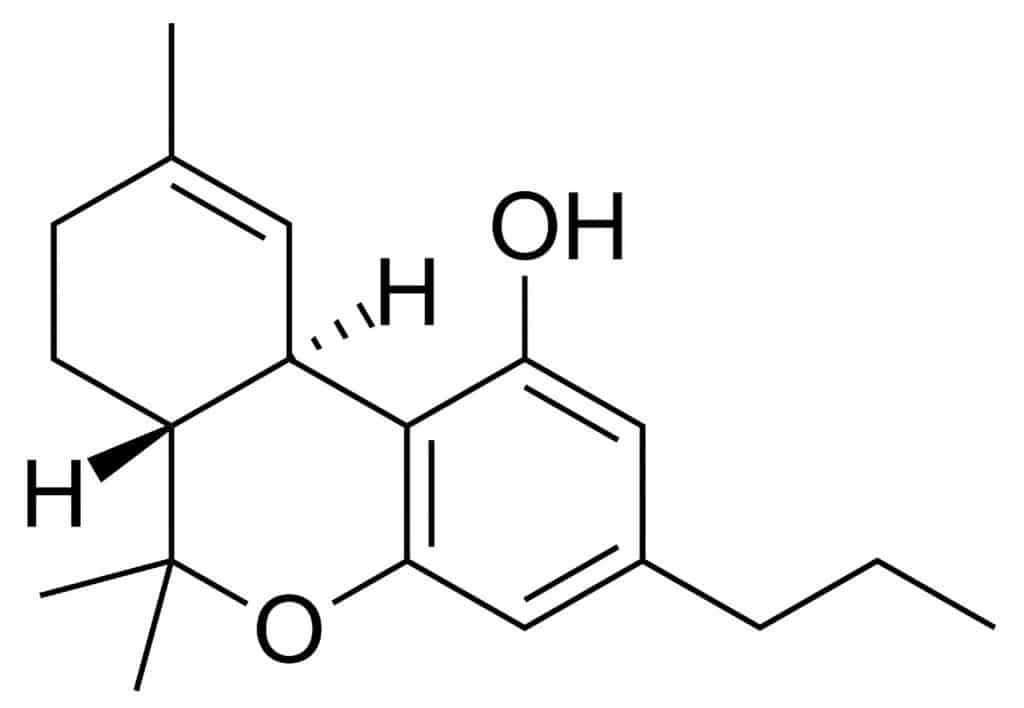THC-P | What Is It and What Are Its Effects?
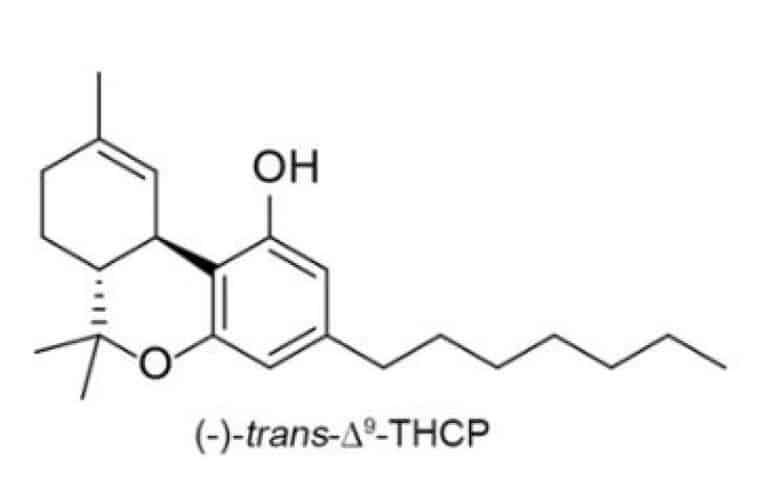
What is THC-P? Scientific name: Delta-9-tetrahydrocannabiphorol THC-P is a naturally occurring chemical in the cannabis plant that is thought to be up to 33 times more reactive with CB1 receptors, producing an intense psychoactive effect on its users. Though the chemical is found naturally within the cannabis plant it was only brought to global attention … Keep reading..


